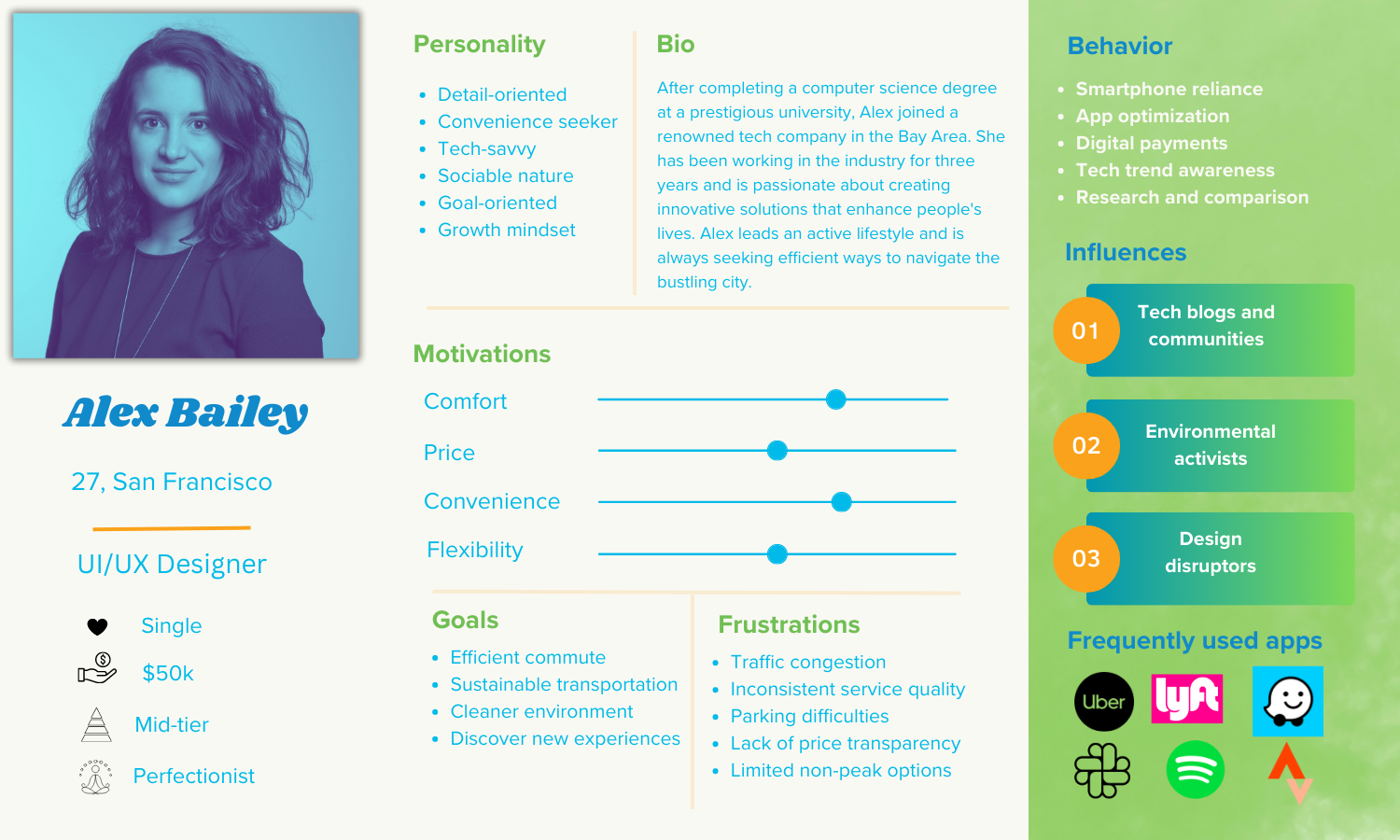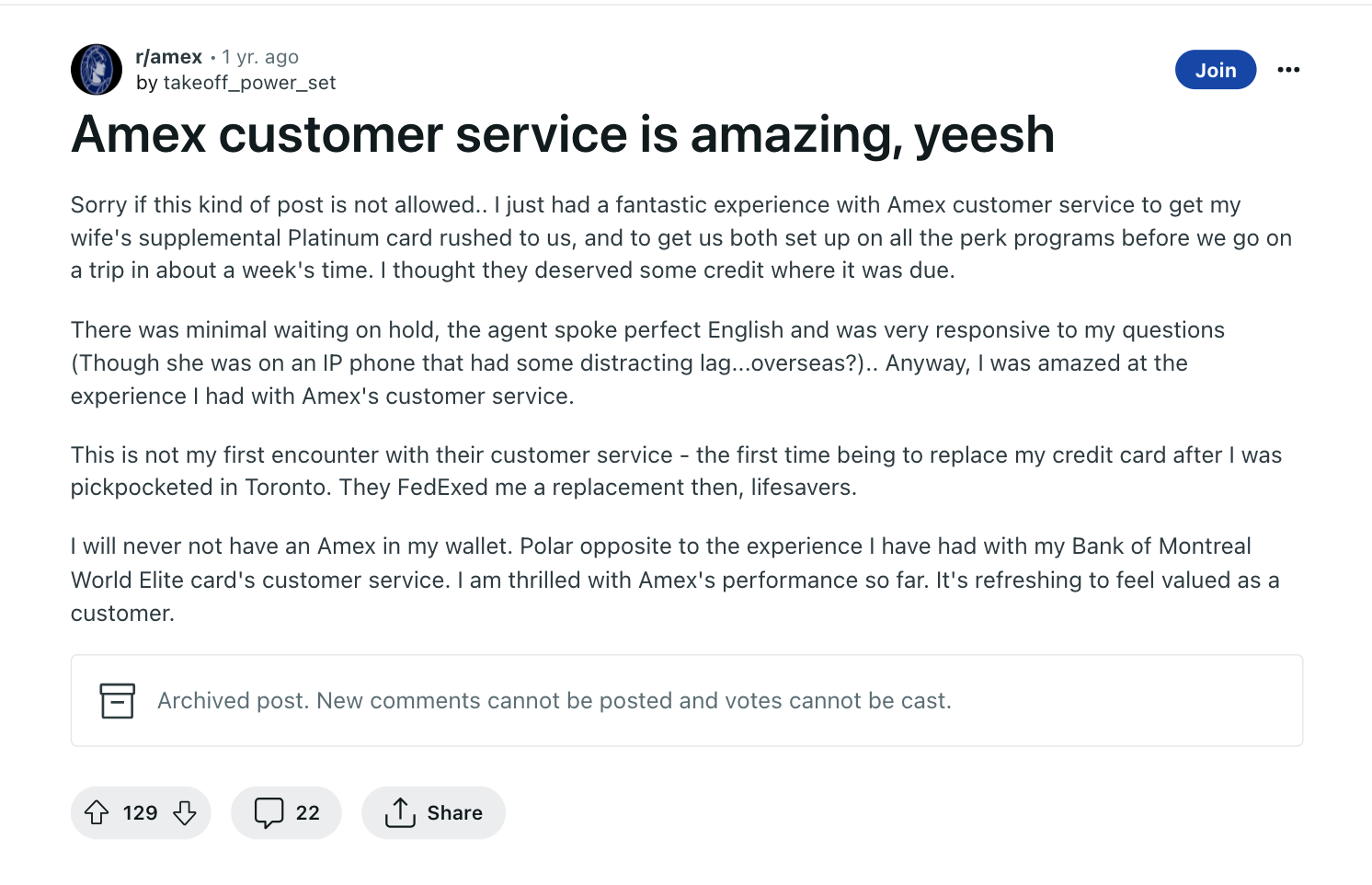What is customer empathy?
Customer empathy is the ability of businesses to understand and share the feelings, needs and perspectives of their customers.
Brands that practice empathy go beyond surface — digging deep into customer needs, desires and emotions.
Empathy is not just key in customer support — it serves as the bedrock of departments like product, sales and marketing.
For product, it’s about identifying how features align to solve specific problems customer have.
Empathy helps marketers craft content that speaks directly to customer desires, which boosts campaign performance and engagement.
Salespeople can empathize with prospects and tailor their pitch and solutions to solve specific problems.
In a nutshell, empathy helps you build experiences that make your customers trust and depend on you for support. It's about being a friend, an ally and a trusted partner in their user journeys.
Why is empathy important in customer service?
Empathy is the gateway to genuine user relationships in customer service Think of it like a soul-to-soul handshake — a way to show that you’re not just a faceless business entity, but real humans who truly care. When you tune in to customers' needs, frustrations and joys, you create a connection that transcends transactions.
Empathy doesn’t view users as individuals with tasks to accomplish; it sees them as real people. It allows you to understand the broader context of their lives, jobs and environment — and how your products fit into that ecosystem.
It’s crucial to recognize that your products are not used in isolation.
It will help you understand the many factors that impact their user experience. You acknowledge that users have diverse motivations and definitions of success, extending beyond completing a specific task — like resolving a simple service ticket.
Over time, empathy builds relationships that resonate long after the conversation ends.
It enables you to approach situations with heartfelt compassion, infusing authentic touch into customer service. Customer service which always keeps customers at the forefront compounds a lasting imprint in their minds.

Benefits of customer empathy
Honestly speaking, empathy is focal to customer-first businesses. Simply because they understand that emotions, albeit subconscious, are central to buying decisions — almost 95% of the time.
1. Builds an emotional connection
Customer empathy allows you to tap into the emotional wavelength of your customers. Empathy helps you realize the actual purpose of your business — knowing and mending for your customers. You tailor solutions to resonate deeply with people and strengthen your brand identity.
2. Enables innovation
Empathy acts as a catalyst for innovation by uncovering unmet needs and untapped opportunities. By immersing yourself in the customers' world, you gain valuable insights that fuel the development of new products, services or features that combat precise issues.
3. Fosters lasting loyalty
Customer empathy fosters deep brand attachment, driving repeat business. When you connect with customers on an emotional level, they tend to become passionate advocates, spreading the positive word in their circles.
A resounding majority of today’s spending force — the millennials — just do not trust advertising.
Authentic recommendations from a next-door human carry weight, fuel organic growth — outshining rivals. Being empathetic gives you a fierce competitive edge — because it's just hard to deter a strong, loyal customer base.
Read more: How to preserve the human touch in customer service
How to develop customer empathy skills
It might go unnoticed, but empathy de-stresses many nerve-racking situations.
Calm, cool and compassionate agents can easily navigate customer situations like:
Handling an angry user enquiring about receiving a delayed — and an incorrect order
Providing swift technical support for a platform being used to achieve a real-time tight deadline
Tackling a panicky customer at the other end trying to freeze a bank account
But to develop empathy in customer service, you must keep these points in mind.
1. Define who you’re connecting with

What is your ideal user like? What does their life journey look like?
Defining your user persona can be a deeply intricate and careful process.
Delve beyond the basic demographics of age, sex, location, income group and the like.
Know your user from the inside out. Ask yourself these questions:
What does their typical day look like?
What type of interests and hobbies do they have?
Where does their professional trajectory seem to go?
Why have they chosen this as a career?
What social, financial and personal struggles do they face?
What motivates them in life?
Create a holistic background and depth to your personas. When you vicariously live their lives, you truly understand the challenges they face.
To empathize with your customer, you must become one.
2. Just give customers what they need
You are a customer for someone else’s business too. Don’t you want to put less effort and still get faster turnaround from your agent?
There’s no better way to cultivate empathy than to just deliver on expectations customers have for you.
Let’s take the below social post as an example. The user’s happiness with Amex’s customer service is almost contagious.

If you noticed, the user lists down three key expectations Amex seems to have delivered upon.
“There was minimal waiting on hold” — the user appreciates the fast customer response times
“The agent spoke perfect English” — they loved effective communication in their preferred language
“And was very responsive to my questions” — the agent patiently and actively listened to their problem
In this case, the need for an agent was palpable as the customer wanted to accelerate delivery. Customers simply expect a quick and effective solution when interacting with customer support.
Make it easy to access and faster to avail. Let them find solutions on their own through:
A knowledge base that provides a detailed repository of self-help articles on various topics
A community forum that encourages a collaborative initiative amidst your happy customers
Trained chatbots to hand-hold them through most situations and collect key user data
3. Listen carefully to the feedback
Don’t rely on assumptions, reach out to your customers directly. If you wish to develop empathy, act on the feedback your customers give.
While knowing their opinion through customer surveys and feedback forms are the norm, pay attention to their voice elsewhere.
The ratings and reviews they put up online
Prevailing trends and sentiments on social media
Start managing your reviews — good or bad. You will find out what’s getting well-liked and what your customers want you to pay attention to. Tune into the kind of things your customers are talking about online. Doing so will help you spot trends and highlight the kind of sentiments, feelings and perceptions your customers have about you.
Read more: Social media listening is the stethoscope to the customer’s heart
4. Rally behind causes your customers support
It’s more important than ever for companies to be purpose-driven.
In fact, they are more likely to connect with consumers who share similar values — as they do with 72% of American shoppers.
By associating with a cause, you show your commitment to making a positive impact beyond your bottom line. You could:
Partner with nonprofit organizations
Donate a portion of profits to specific causes
Organize volunteer initiatives
Or even take independent intiative
Just like the all-time-favorite denim company Levi’s Strauss Co. believes our mama Earth deserves love.
After the successful Water<Less™ program that helped them save 96% of the water typically used to finish denim, the company stepped up again.
Levi's ‘Buy better, wear longer’ initiative expands their sustainable manufacturing efforts. It urges people to repair and reuse clothes instead of throwing them away.
The company also invested in organic fabrics, introduced a resale platform and hired in-house tailors to fix used garments.
Overcoming challenges in developing customer empathy
You might think empathy is a basic human emotion — so it shouldn’t be too hard to get a hang of, right? Turns out, more than eight in 10 customers still want brands to understand their struggles and treat them with compassion.
Here are the reasons why developing empathy can prove challenging.
1. Dealing with angry or volatile customers
Challenge: When customers are furious or emotionally charged, it's challenging to maintain empathy and composure.
Solution: Stay calm, listen and validate
Take a breath, actively listen, and acknowledge their unhappiness. Apologize sincerely and assure them of your commitment to help. By keeping a level head, you can diffuse their frustration and work towards a resolution.
2. Balancing efficiency and empathy
Challenge: Being quick and efficient is important, but it can be a challenge to provide empathetic support when you're swamped with tasks.
Solution: To create a fine balance between the two, you need to be cautious of the time and also of human touch. To achieve this, you need to minimize time spent on fetching information on customers during live conversations. A unified view of the customer avails anything you need to know about them at your fingertips. You avoid time juggling multiple data sources and fetch a helpful response within seconds.
For example, when Farah reaches out asking for the refund status, her past conversations will be invaluable at that moment. A single view of Farah’s journey will help the agent fetch all relevant details such as:
Original purchase date
Payment method
Transaction ID
Reason for refund issuance
Refund confirmation
Timeline of refund issuance
Refund amount
Number of follow-ups
With all this info readily available, the agent just needs to directly give the update “I understand how this can be very frustrating. I would like to inform you that your refund should reflect in your account by tomorrow. Really appreciate your patience, Farah!”
3. Language and cultural barriers
Challenge: Language differences and cultural nuances can hinder effective communication and understanding.
Solution: Simplify language, be patient and show respect
Use simple language, avoid jargon and be patient with customers who may struggle with language. Respect different cultural norms and customs and be open to learning from their perspective. If needed, use translation tools or seek help from bilingual team members to bridge the language gap.
Moreover, you can deflect most of your queries to a multilingual chatbot natively built to assess and respond to users in their language of choice.
Now, let’s understand what experts have to say about building customer empathy.
Customer empathy tips from industry experts
Making sense of what customers do and how they behave can’t just be theorized. You can’t just assume it — you must study it.
A 2021 Harvard Business Review survey of 201 North American participants gives some definitive insight into using empathy to curate CX users want.
Alex Clemente, MD at HBR Analytic Services specifically finds two points alarming when evaluating the survey.
Tip 1: Listen to negative customer feedback
He notes, “One thing that jumped out at me was that consumers said that they were more vocal about positive experiences than negative ones.”
“I think it was 55% of people saying that they usually share positive opinions that they have, but only 45% say that they share negative ones.”, he continues.
Here’s where he makes a conclusion that makes you wonder.
“What it suggests is that marketers may not have a complete view of what their customers really think of their brand, with fewer than half expressing their dissatisfaction. So essentially, they're not hearing from the less vocal part of or half of the market.”
💡 Your takeaway: Unhappy customers express less. Pay close attention to bad experiences. Look for negative social mentions and emerging trends. Step in time and prevent such stories from snowballing into viral blunders.
Tip 2: Build empathy in all teams
He expresses shock at the fact that less than 40% of respondents indicate that sales, product, retail and testing are involved in building the CX strategy.
“And I think all of these areas need to be tuned into customer feedback as directly as possible because, you know, any one of them can kill a brand promise in an instant.”, he exclaims.
💡 Your takeaway: There’s an absolute need for customer empathy to run deep within all teams in your company. Each function should know the customer and build to either resolve or enrich.
Tip 3: Drive employee experience and customer-centricity from top
Janelle Estes, Chief Insights Officer, at UserTesting has 20 years of experience in the CX industry.
She builds onto this point with a suggestion — appoint someone who champions customer experience at an executive level.
“Typically, this person sits above all of the business units and they ensure that the customer is represented alongside the things that the business cares about,” she says.
When a senior executive advocates for customers internally, it’s much easier to ensure all teams across the board work with a single user-first agenda.
She also believes that the employee experience is directly linked to the experiences customers have. “Happier employees deliver better experiences which eventually lead to more profitable companies”, she continues.
After all, happiness starts at home. To make customer experiences a breeze for customers, you need to first make it happen for your agents.
A unified agent desktop empowers your team to drive conversations that not only solve issues at a single touchpoint — but at a holistic scale — and two times faster, with:
Single source of truth: Bring in conversations from all channels, always ensuring you have a complete view of every customer interaction
Customization that works for you: Automate your workflows, customize your desktop with data through external APIs — seamlessly
Personal assistance at every step: Agent Assist helps carry conversations with features like Smart Responses, Guided Workflows and Nudges
Frequently Asked Questions
The four As of customer empathy are:
Awareness: Being aware of the customer's emotions, needs and challenges. Pay attention to verbal and non-verbal cues to understand their perspective.
Acknowledgment: Recognizing and validating the customer's feelings and experiences. Show empathy by acknowledging their concerns and demonstrating understanding.
Action: Taking appropriate actions to address the customer's needs and provide solutions.
Adaptation: Adapting your approach and communication style to meet the customer's preferences and create a personalized experience. Customize your interactions based on their unique situation to enhance the level of empathy and connection.
Thank you for contacting us.
A Sprinklr representative will be in touch with you shortly.
Contact us today, and we'll create a customized proposal that addresses your unique business needs.
Request a Demo
Welcome Back,
No need to fill out any forms — you're all set.



